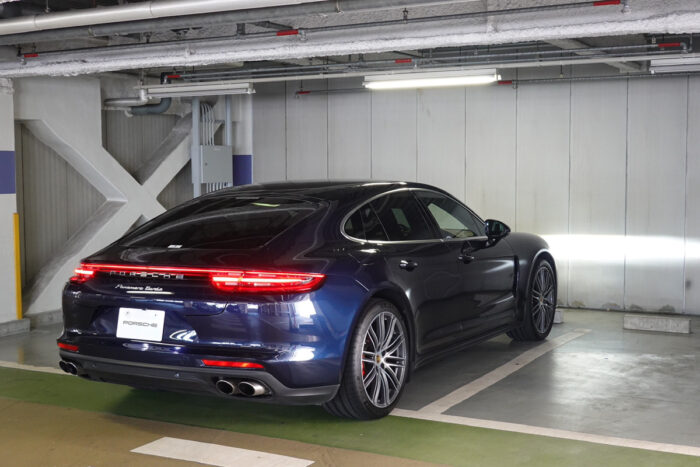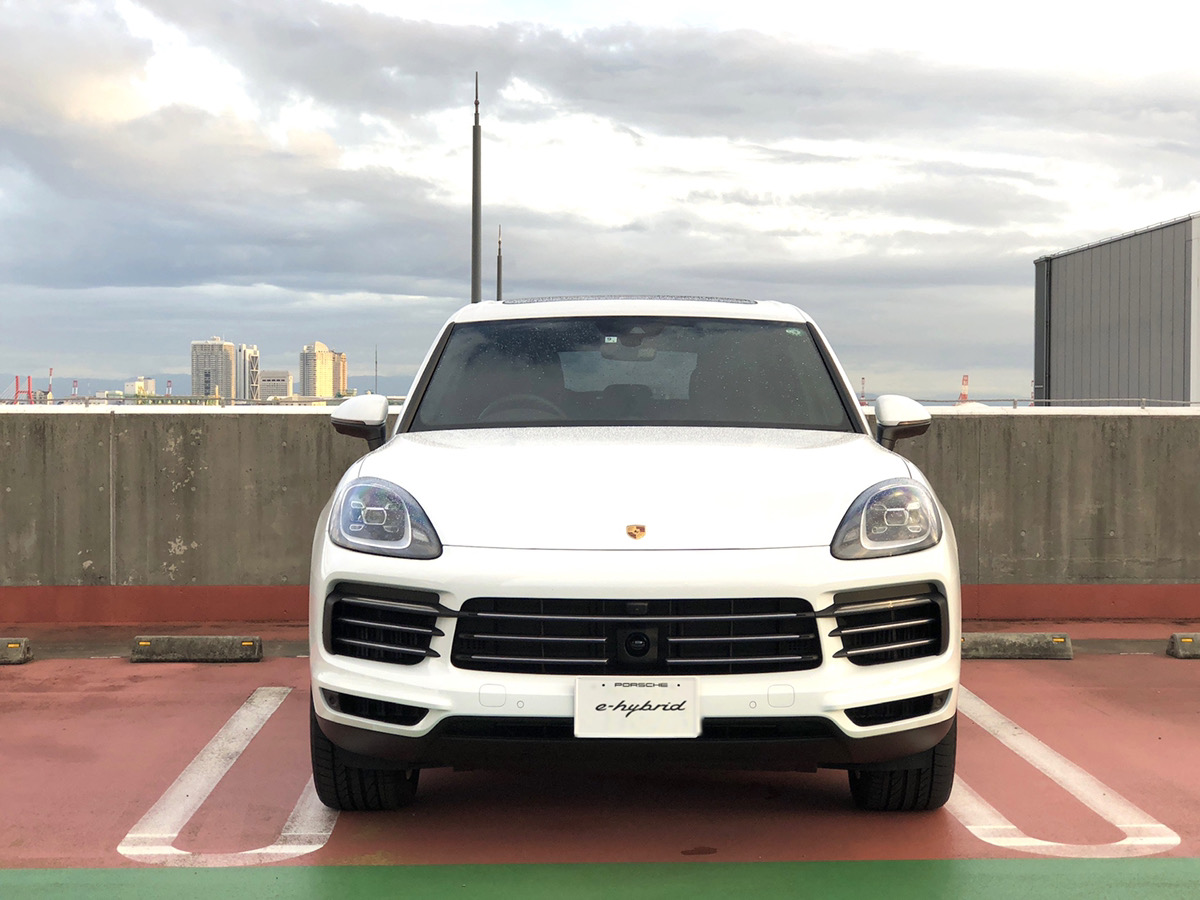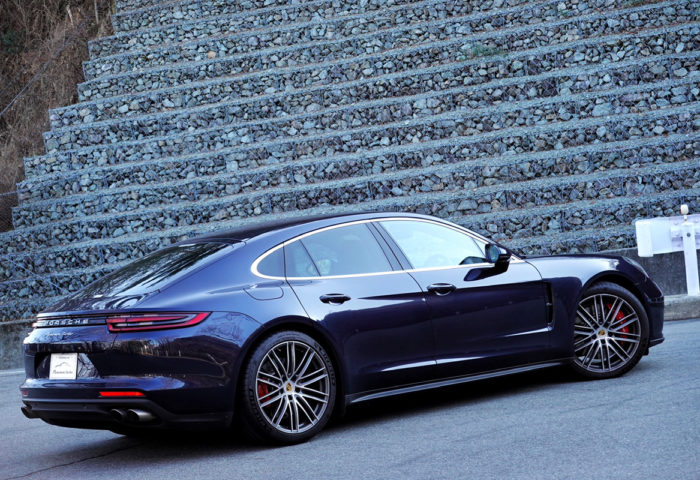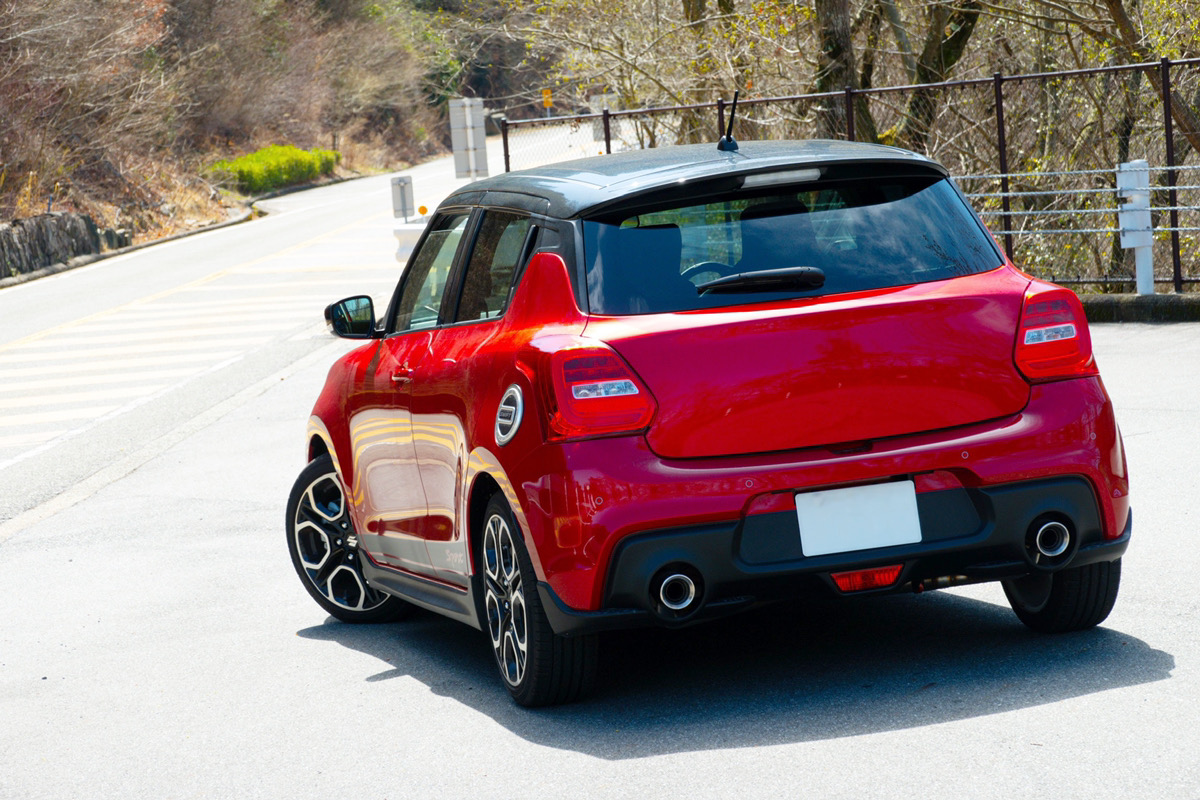Can Wide-Body Cars Really Be Used Daily? My Experience Owning a Porsche Cayenne and Panamera
公開日:

Daily Use of the Porsche Panamera and Cayenne
Based on my experience owning a Porsche Panamera for four years (970 Panamera Edition, 971 Panamera Turbo) and a Cayenne E-Hybrid (third-generation Cayenne) for two years, I’d like to share my thoughts on using wide-body cars daily.
To get straight to the point, wide-body cars are hard to use daily in Japan.
Both the Panamera and Cayenne have a width of about 1,940mm and a length of around 5,000mm. What a giant… (though they look cool)

While driving, you strangely don’t feel the size that much, but from the outside, their size is obvious at a glance.
The performance as cars is amazing, and I love the ride and driving experience, but the one thing that often comes up in conversations with my husband now is, “I wish the width was under 1900mm and the length not so long at least.”
Driving the Panamera
The first Porsche I ever drove was a Panamera during a test drive at the dealer.
Since then, I became a huge fan of the Panamera and, when I started this blog, I used it for everything—from grocery shopping to picking up the kids.
When I first started the blog, I often received comments like, “Isn’t the Panamera’s wide body hard to use daily?” But since I loved the Panamera so much, I would reply:
“We live not in the city but a bit in the suburbs, and as long as it fits in our home parking space, daily use isn’t a problem. As long as you avoid narrow parking lots and tight roads, you can drive it just fine.“
In fact, I rarely felt any inconvenience, and the 971 Panamera even had rear axle steering, which made it surprisingly nimble and easy to park.

On the contrary, when driving long distances on the highway, the ride comfort and performance were outstanding, the interior spacious, and my two daughters could sit comfortably in the back, making it a car the whole family was happy with.
I drove alone round-trip about 1000km from home to Fuji Speedway several times without much fatigue. It felt so good that I thought, no matter how wide or big the car is, it’s totally fine.
The Parking Lot Issue
Time passed, our eldest son was born, and our family grew to five. We said goodbye to the 4-seater Panamera and welcomed a 5-seater Cayenne into our home.
As our daughters grew, the situation changed drastically.
For kindergarten drop-offs, dentist, dermatology, pediatrician visits, quick convenience store runs, and dining out at sushi conveyor belts or family restaurants with tight parking, we needed a car that was nimble and could go anywhere.
Naturally, our NISSAN Note got more use, and the Cayenne was mostly reserved for long highway drives or family trips to rivers and snowy mountains.
After I got my beloved Swift Sport, the Cayenne’s use almost disappeared.

In other words, the biggest reason I feel these cars can’t be used daily is the “parking lot problem.”
As for roads, avoiding narrow roads where passing is difficult solves most issues, and both the Panamera and Cayenne are quite maneuverable, making them easy to drive.
But parking lots are a different story.
Recently, I took the Cayenne to Osaka city after a long time, but was refused at a hotel parking garage, couldn’t park in a mechanical Times parking because it was too narrow, and spent about 15 extra minutes searching for a spot, almost making me late for a meeting.
Even if I can park at home, not being able to park at destinations means “there are places I want to go but can’t, and my options are limited,” which honestly happens a lot.
If you live in the suburbs or relatively rural areas, it might be okay, but in Japan, this size is tough.
It’s really a dilemma because the driving and ride comfort are fantastic, but for our family now, the conclusion is that our next family car should be somewhat more compact.
Maybe when the kids grow up and we don’t need to go to sushi conveyor belts and family restaurants so often, I’d love to drive a Panamera again someday.
このブログが気に入ったらフォローしてね!


Comment ( 0 )
Trackbacks are closed.
No comments yet.